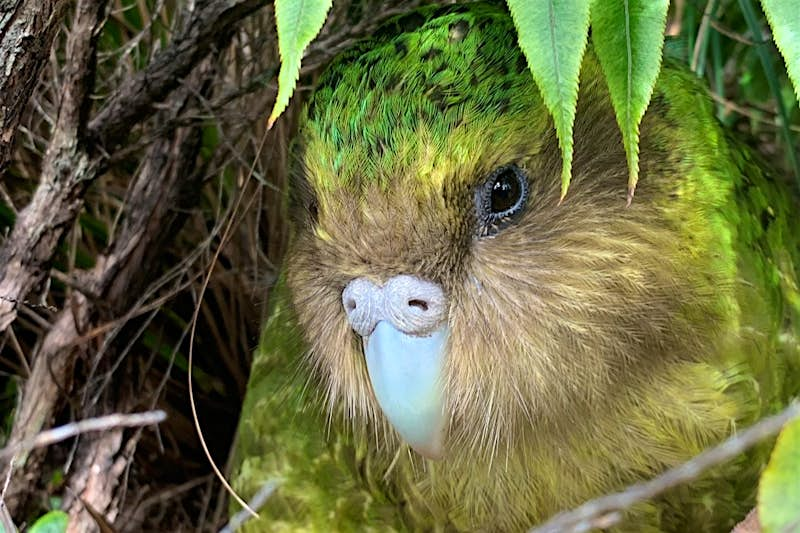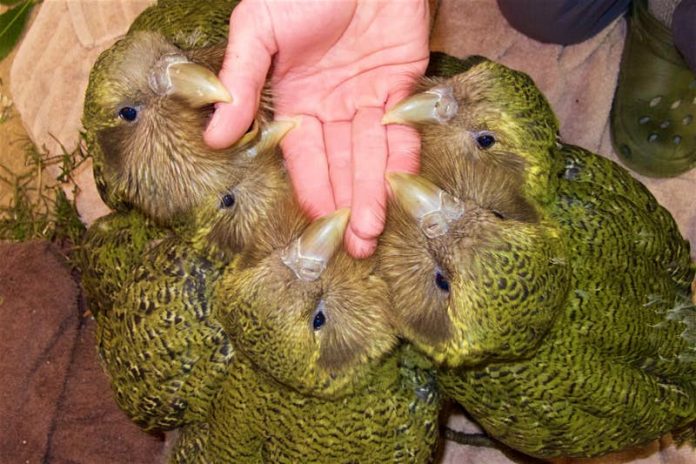A video of a kākāpō parrot dancing is attracting much attention worldwide, and it is particularly special because the endangered species is beginning to breed successfully, thanks to a dedicated conservation program in New Zealand.

Native to New Zealand, the kākāpō is a large green parrot with a distinctive owl-like face and a waddling gait. It is a nocturnal, flightless bird that is critically endangered and is one of the country’s unique treasures. While the kākāpō cannot fly, they climb well. As well as being the heaviest parrot species in the world, they are believed to be the longest-lived birds and are estimated to reach 90 years. And as we can see by the video posted by scientist Dr Andrew Digby who works with the program, they can bust a few moves too.
The kākāpō population has been decimated over the years by land clearance and by predators like cats, rats and stoats, and by 1995 there were only 51 of the birds left. The Kākāpō Recovery Program was launched by the NZ Department of Conservation in 1996 to prevent the birds from becoming extinct. It has encountered some significant and unexpected challenges, including an outbreak of the fungal infection aspergillosis on Codfish Island, which claimed the lives of seven kākāpō since it struck in April 2019.

Nonetheless, the 2019 breeding season has been the most significant one since the program began. At present, there are 142 adults and 72 chicks in the population, which the team are elated about as their hard work is clearly paying off. To add to the challenges they face, kākāpō only breed when rimu trees are full of fruit, which doesn’t happen every year, and problems arise due to infertility and inbreeding. The team has tried all sorts of innovative ways to boost the population, even creating a helmet that could collect parrot semen, a quirky experiment that, alas, was unsuccessful.





